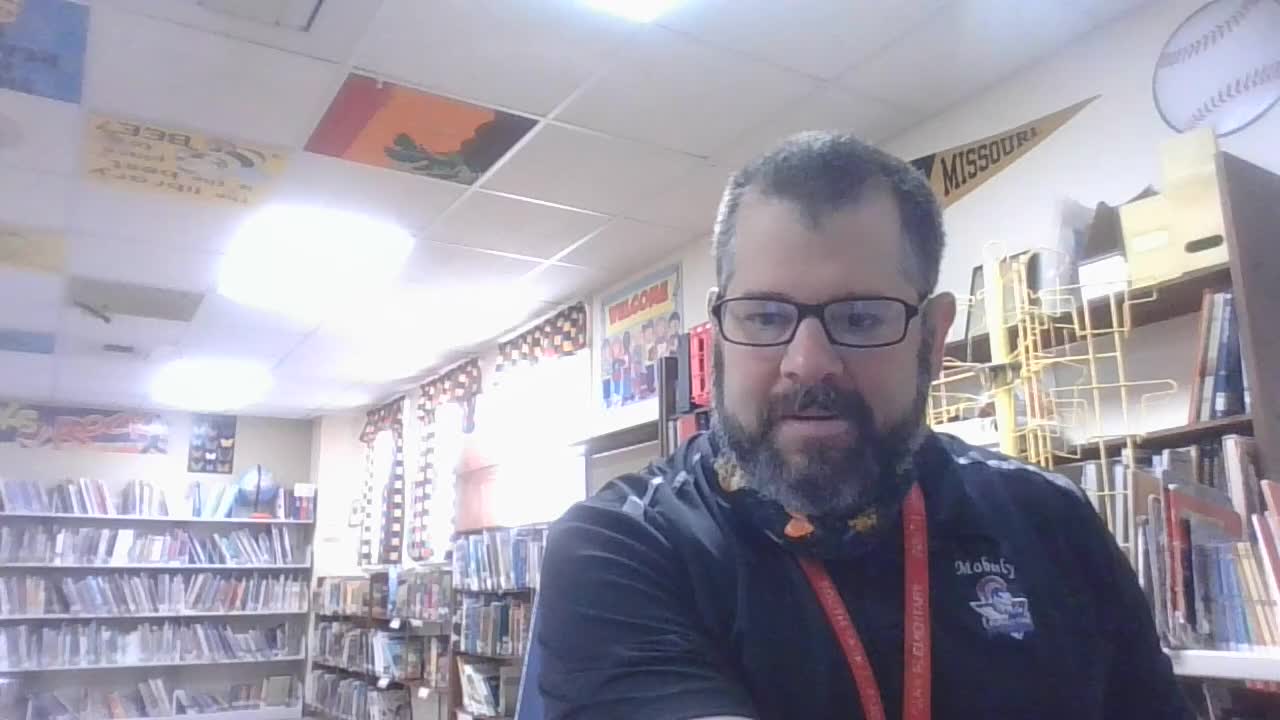High School > Science > Astronomy Videos
Space is vast. What people can see in the skies above at night is just a glimpse of how big the rest of the universe is. If it’s already hard to count the stars at night, imagine how many more stars exist that can’t be seen from where we are.
It’s interesting to wonder what must be going on in those stars. For that reason, the science of astronomy exists. This field of science deals with stars, galaxies, nebulas, and all the wonders of space and the universe.
For many high school students, they associate astronomy with a telescope. True enough, astronomers always need the help of telescopes to have a closer look at the stars they study. The giant telescopes in places like the Mauna Loa Observatory in Hawaii allow astronomers to see those distant twinkling stars in more detail. Those stunning pictures of star clusters that many people use as wallpapers for their computers? Images like that are taken by those observatory telescopes.
In the study of astronomy, constellations also come into play. Big Dipper, Little Dipper, Orion, Sagittarius, Ursa Major, and many others come to mind. Glancing at a clear night sky gets more exciting when students try to identify those constellations as best as they can. Star maps are a big help to confirm their guesses. For this kind of exercise, telescopes are not necessary, but can still be used.
Astronomers also study the life cycle of stars. Yes, they may not be living things, but stars do have life cycles. Stars are “born” when they are formed, and they “die” when they either explode into a nebula or shrink into a black hole. Astronomers watch for indicators of where stars are in their life cycles, and through these, they can also figure out how old the stars are.









